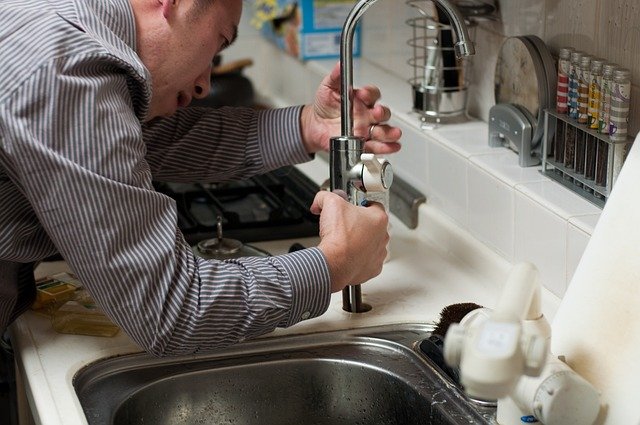Home Warranty: Coverage, Contracts, and Appliance Protection
A home warranty is a service contract that helps cover repair or replacement costs for mechanical systems and appliances in residential properties. This article explains what a home warranty covers, how it differs from other protections, how it applies to houses and buildings, which appliances are commonly included, and what to expect from the contract terms. The goal is to help homeowners and renters understand practical details when evaluating coverage and local services.

What is a home warranty?
A home warranty is a type of service agreement that pays for repair or replacement of specified systems and appliances that fail due to normal wear and tear. Unlike homeowner’s insurance, which protects against damage from events like fire or storms, a home warranty is focused on the functioning of covered items such as HVAC systems, water heaters, and kitchen appliances. Coverage begins once the contract is active and usually continues for the contract term, often with an option to renew.
Home warranties typically require the homeowner to request service through the warranty provider, which then assigns a qualified service technician. The provider may require service fees or trade call fees for each claim, and there are commonly limits on payouts for particular items or categories. Understanding the provider’s claim process and service network is essential for timely repairs.
How does it apply to a house?
For a house owner, a home warranty serves as a financial risk management tool against unexpected breakdowns in major systems. In older houses with aging systems, a warranty can reduce the immediate out-of-pocket costs for sudden failures. For newer homes, a warranty can provide coverage gaps once a manufacturer’s warranty expires or during the transition between ownerships.
When purchasing or selling a house, some buyers or sellers include a home warranty as part of the transaction to provide short-term protection and peace of mind. Homeowners should check how coverage applies to permanently installed systems, like built-in ovens or central heating, and confirm whether pre-existing conditions are excluded under the terms.
Is coverage available for a building?
Coverage for buildings other than typical single-family houses depends on the provider and the policy type. Some home warranty companies offer plans for condos, multi-unit dwellings, or rental properties with specific terms. For larger or commercial buildings, standard residential home warranty contracts are usually not appropriate; there are separate service contracts and maintenance agreements tailored for apartment buildings, offices, or mixed-use structures.
Property managers and landlords should evaluate plans that specifically mention multi-unit or rental property coverages. These contracts may allow for multiple units under one agreement or specify how service requests and costs are handled across tenants. Always confirm whether a particular building’s systems meet eligibility requirements and whether exclusions apply to common areas.
Which appliances are included?
Appliances typically included in home warranty contracts are kitchen and laundry items such as refrigerators, ovens, ranges, dishwashers, washers, and dryers. Many plans also cover major mechanical systems like heating, ventilation, air conditioning (HVAC), plumbing, and electrical systems. Some providers offer add-on coverage options for items such as pools, septic systems, or standalone items that standard plans exclude.
Coverage specifics vary: providers may list appliance models or set age limits, and some contracts specify repair only while others allow replacement up to a capped benefit. Read the fine print to see if refrigerant recovery, electronic controls, or cosmetic damages are covered, and whether there are waiting periods after purchase before filing a claim.
What is inside a warranty contract?
A warranty contract outlines covered items, exclusions, claim procedures, service fees, coverage limits, and the contract term. It will specify responsibilities of the homeowner, such as routine maintenance obligations, and the provider, including the network of technicians authorized to perform work. Common clauses include coverage caps per item, annual aggregate limits, and processes for disputes or appeals.
Before signing, review the contract for pre-existing condition clauses, required preventive maintenance (for example, annual HVAC tune-ups), and definitions of “normal wear and tear.” Also check cancellation terms, transferability if you sell the property, and any optional add-ons that may affect overall value. Comparing service response times and the provider’s technician vetting process can be as important as the list of covered items.
Conclusion
A home warranty is a contract that can reduce financial surprises from appliance and system failures in homes and certain types of buildings. It differs from insurance by focusing on repairs and replacements due to wear and tear and is shaped by specific contract terms, exclusions, and service processes. Understanding what appliances and systems are covered, how coverage applies to a house or building, and the obligations spelled out in the contract helps homeowners and property managers decide whether a warranty aligns with their maintenance strategy and reliance on local services.






